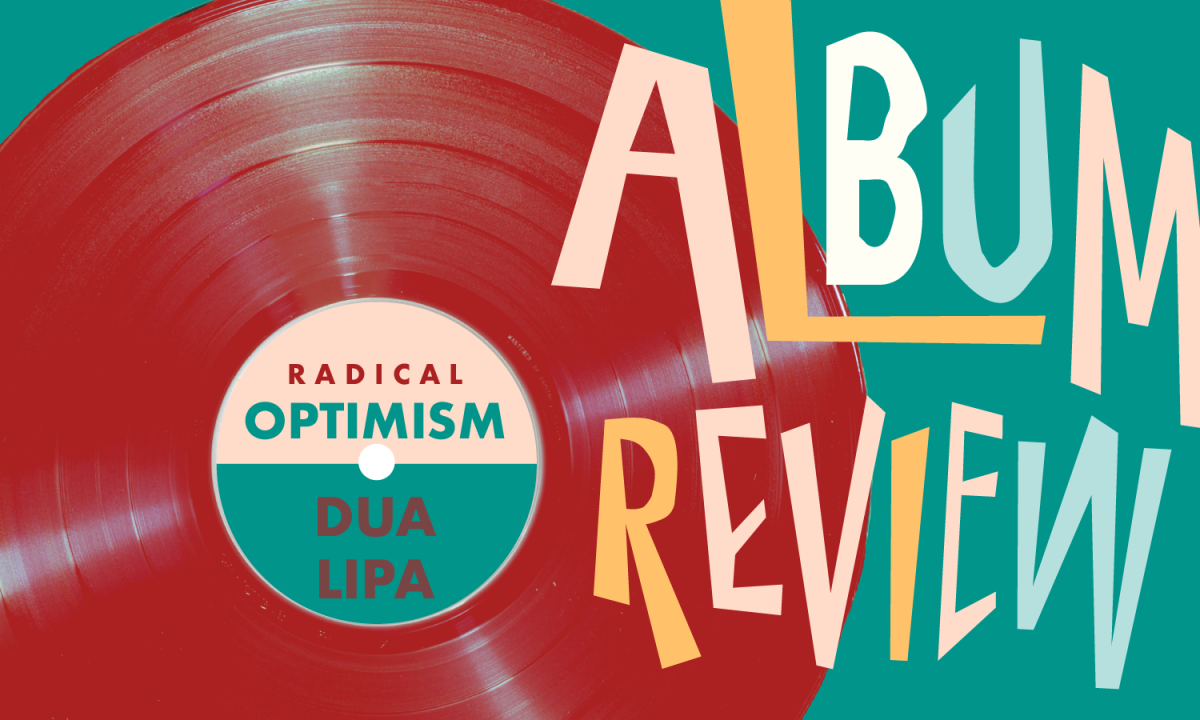Last Labor Day weekend marked the 2014 Great Salt Lake Yoga Fest, three days filled to the brim with yoga classes taught by a range of instructors from both in and out of state. This isn’t the first year Utah has held Yoga Fest, and it’s sure not going to be the last, given American pop culture’s recent obsession with all things yoga. Girls spend entire paychecks on Lululemon activewear without batting an eye, and every other Instagram photo is an envy-driven repost of a celebrity proudly contorting themselves into Elephant pose without a single vestige of belly fat. Despite the practice’s long and multidimensional history, the knowledge and practice of yoga in the United States is shallow and incomplete.
Yoga dates back nearly 5,000 years to the Indus Valley, the cradle of the Hindu and Buddhist religions. But despite its geographic proximity to both faiths, yoga evolved to transcend religious ideologies and pursue a sense of spiritual inner peace, as opposed to some form of salvation. The very word “yoga” neglects to mention a deity at all — it comes from the Sanskrit term “yuj” meaning “yoke” or “union,” symbolic of the merging of mind and body. Yoga in the U.S. tends not to honor this connection, undervaluing the importance of the former in favor of the latter.
Within social media there’s an exponentially larger emphasis placed upon physical health, as opposed to mental or emotional well-being. Thousands of ads and articles surface during menial Internet wanderings, offering tips to flatten abs and tone arms, but advice on relieving anxiety or managing anger are few and far between. This inequality in exposure results in the powerful misconception that a slim physique is a visual indicator of having one’s life in order and that pursuing mental and emotional health should become priorities only after physical health is achieved.
It’s no secret that a lack of information and awareness has rendered the subject of mental health taboo in today’s society. Debates continue over whether depression and other mental disorders are caused primarily by genetic differences in the brain or by our environment, and conversations regarding what constitutes healthy emotions are carried out so rarely that most don’t recognize this question as one that merits an answer. It’s only when emotional and psychological problems manifest physically (in the form of suicide or self-destructive behavior, for example) that people begin to take notice.
The physical benefits of yoga are almost endless, increasing flexibility, muscle tone, cardiac health and metabolism. But non-physical benefits are just as impressive. A study by the Boston University School of Medicine showed that doing yoga for an hour boosted levels of a depression-inhibiting neurotransmitter by 27 percent, and studies have also proven that yoga and meditation help lower levels of stress and body dysmorphia, increasing self-confidence and overall health.
Yoga includes physical movement, but meditation and conscious action also form a large part of the ancient practice. Along with hatha, or physical, yoga, there are several other types, including raja yoga, the pursuit of knowledge, and karma yoga, the yoga of service. There’s also the yamas and niyamas, guidelines for living that include non violence and relinquishing the ego. These guidelines, when put into practice, would benefit all aspects of our lives, provided we take from yoga all that it truly offers.











